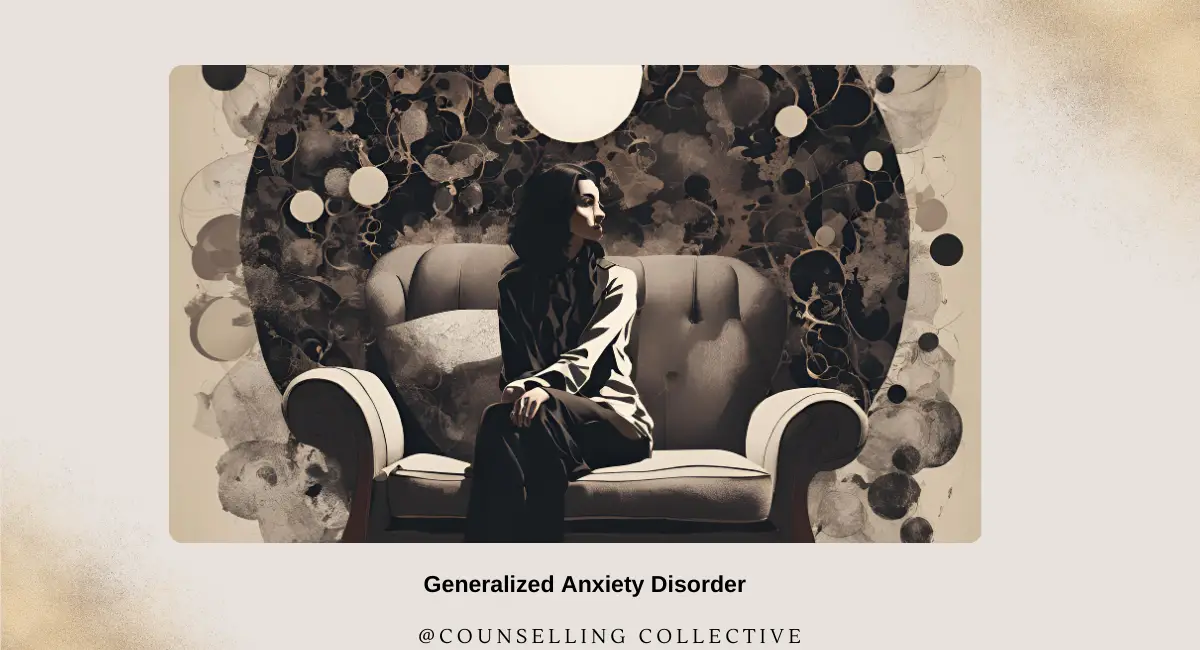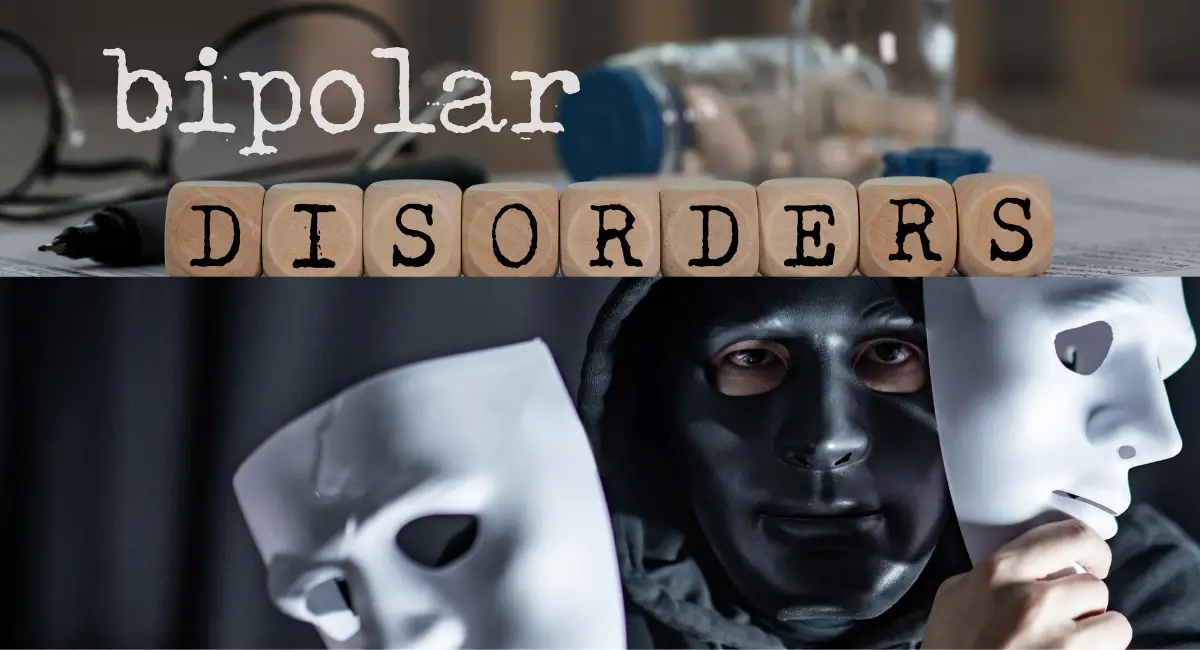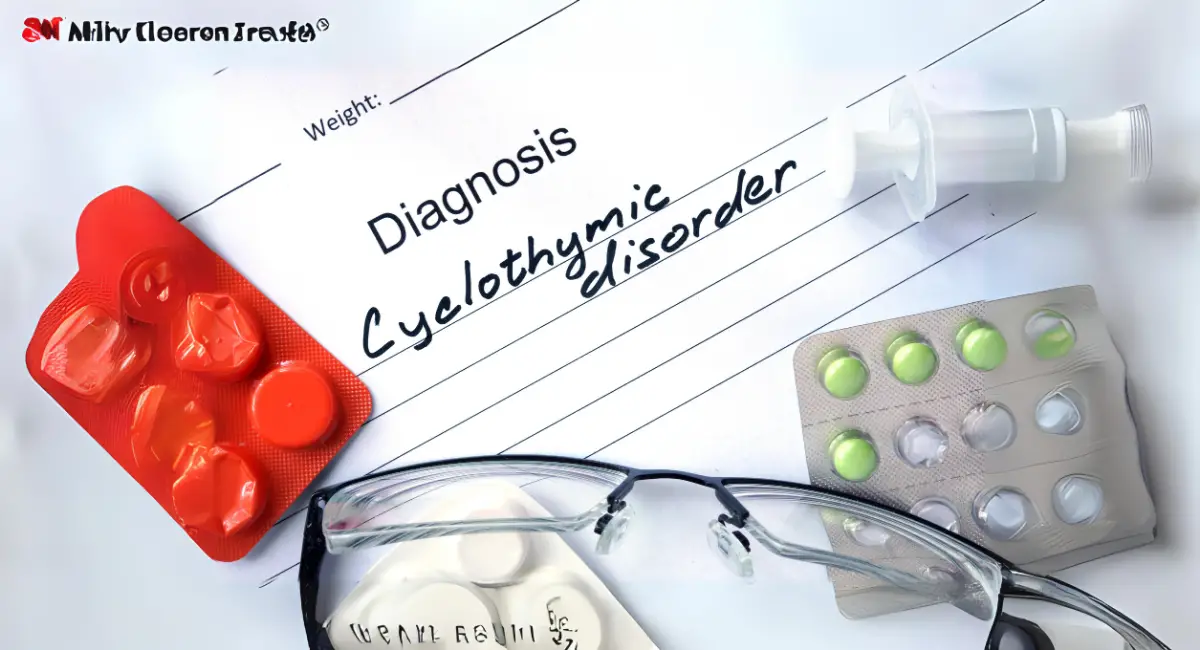
Trauma- and Stressor-Related Disorders Symptoms: Causes, and Therapy Options
Contents
- 1 Introduction
- 2 Types of Trauma- and Stressor-Related Disorders
- 3 Common Symptoms of Trauma- and Stressor-Related Disorders
- 4 Causes and Risk Factors of Trauma- and Stressor-Related Disorders
- 5 Therapy and Treatment Options for Trauma- and Stressor-Related Disorders
- 6 Long-Term Management of Trauma- and Stressor-Related Disorders
- 7 Conclusion
- 8 References
Introduction
Trauma- and Stressor-Related Disorders are mental health conditions that arise after exposure to traumatic or stressful events. These disorders involve intense emotional, psychological, and physical responses to trauma, leading to significant distress and impairment in daily life. Among the various forms of trauma-related disorders, Post-Traumatic Stress Disorder (PTSD) is perhaps the most well-known, but two specific variants—Complex PTSD and the Dissociative Subtype of PTSD—are particularly challenging due to their complexity and the nature of their symptoms.
According to the Diagnostic and Statistical Manual of Mental Disorders, Fifth Edition (DSM-5), PTSD and its subtypes are categorized under Trauma- and Stressor-Related Disorders, and they typically arise following direct or indirect exposure to traumatic events. This article will explore Complex PTSD and the Dissociative Subtype, focusing on the Symptoms, Causes, and Therapy Options available.
Types of Trauma- and Stressor-Related Disorders
1. Complex PTSD (C-PTSD)
Complex Post-Traumatic Stress Disorder (C-PTSD) is a form of PTSD that arises from prolonged, repeated exposure to trauma, often of an interpersonal nature. Unlike traditional PTSD, which may develop after a single traumatic event, C-PTSD typically results from sustained trauma over months or years, such as childhood abuse, long-term domestic violence, or captivity.
- According to the World Health Organization (WHO), C-PTSD includes the core PTSD symptoms (re-experiencing, avoidance, and hyperarousal) but also involves disturbances in self-organization, which include difficulties in emotional regulation, negative self-concept, and problems in interpersonal relationships.
- Individuals with C-PTSD often experience persistent feelings of helplessness, shame, or guilt, and may develop chronic dissociative symptoms or engage in self-destructive behaviors.
Jane, a 35-year-old woman, experienced years of physical and emotional abuse from her partner. Even after leaving the relationship, she struggles with overwhelming feelings of shame, dissociation, and emotional numbness. These symptoms have led to social withdrawal and difficulty maintaining relationships, indicative of C-PTSD.
2. PTSD Dissociative Subtype
The Dissociative Subtype of PTSD is characterized by the presence of dissociative symptoms, including depersonalization and derealization, in addition to the standard symptoms of PTSD. Dissociation is a mental process where a person feels disconnected from their thoughts, feelings, body, or environment, often as a protective mechanism in response to trauma.
- In the DSM-5, the Dissociative Subtype of PTSD includes dissociative symptoms such as depersonalization (feeling detached from oneself, as if observing one’s life from outside) and derealization (experiencing the external world as unreal or dreamlike). These symptoms are thought to arise as coping mechanisms in response to extreme trauma, helping the individual emotionally distance themselves from the experience.
- Individuals with this subtype may experience greater impairment and treatment resistance, as the dissociative symptoms complicate the therapeutic process.
Tom, a combat veteran, often feels as if he is watching himself from outside his body and experiences the world around him as surreal and distorted. Trauma- and Stressor-Related Disorders, These dissociative symptoms make it difficult for him to engage in therapy, as he feels disconnected from his emotions and experiences.
Common Symptoms of Trauma- and Stressor-Related Disorders
Trauma- and Stressor-Related Disorders Both Complex PTSD and the Dissociative Subtype of PTSD involve core PTSD symptoms but also present additional features related to emotional regulation, self-perception, and dissociation. Below is a table outlining the common symptoms of these disorders and examples of how they manifest in daily life:
| Symptom | Description/Example |
|---|---|
| Re-experiencing the Trauma | Flashbacks, intrusive thoughts, or nightmares about the traumatic event. For example, someone may frequently relive the trauma in vivid detail, causing severe distress. |
| Avoidance | Avoiding people, places, or activities that remind the individual of the trauma. For example, someone may avoid going to certain locations where the trauma occurred. |
| Hyperarousal | Heightened anxiety, irritability, and difficulty sleeping. For example, someone may feel constantly on edge and easily startled by sudden noises. |
| Emotional Numbness (C-PTSD) | Difficulty experiencing emotions, feeling detached or numb. For example, someone with C-PTSD may feel emotionally disconnected from others, even loved ones. |
| Negative Self-Perception (C-PTSD) | Persistent feelings of guilt, shame, or worthlessness. For example, someone may blame themselves for the trauma and feel undeserving of happiness or love. |
| Dissociative Symptoms (Dissociative Subtype) | Depersonalization (feeling detached from oneself) or derealization (feeling that the world around them is unreal). For example, someone may feel as though they are observing their life from outside their body. |
| Interpersonal Difficulties (C-PTSD) | Difficulty trusting others or forming relationships. For example, someone may avoid close relationships due to a fear of being hurt again. |
Causes and Risk Factors of Trauma- and Stressor-Related Disorders
Both Complex PTSD and the Dissociative Subtype of PTSD are caused by exposure to severe or prolonged trauma, but various factors can increase the risk of developing these disorders.
1. Exposure to Severe or Prolonged Trauma
The primary cause of C-PTSD and the Dissociative Subtype of PTSD is exposure to trauma, particularly trauma that is interpersonal in nature or occurs repeatedly over an extended period. Examples include childhood abuse, domestic violence, war, or human trafficking.
- Trauma that is chronic or involves repeated exposure over a long period, especially in situations where the individual feels trapped or powerless, is more likely to lead to C-PTSD than trauma from a single event. Repeated trauma affects the brain’s ability to regulate emotions and process fear, leading to chronic emotional and psychological disturbances.
- Dissociative symptoms are often associated with severe, inescapable trauma where the individual feels overwhelmed and unable to cope. Dissociation can be a way to protect oneself from fully experiencing the emotional pain of the trauma.
Jane’s years of abuse at the hands of her partner, which left her feeling powerless and isolated, made her more likely to develop C-PTSD, while Tom’s combat experience exposed him to extreme, repeated trauma, increasing his risk for the Dissociative Subtype of PTSD.
2. Lack of Social Support
Individuals with limited social support are more vulnerable to developing C-PTSD and dissociative symptoms following trauma. Without a strong support network to help process and manage the emotional fallout of the trauma, these individuals may feel more isolated and unable to cope.
- Social support plays a crucial role in buffering the effects of trauma. Those who feel supported by family, friends, or professionals are more likely to recover and avoid developing chronic trauma-related disorders. Lack of support, on the other hand, can exacerbate feelings of helplessness, contributing to more severe symptoms.
- Social isolation can also increase feelings of shame and guilt, particularly in individuals with C-PTSD, as they may believe that their trauma is a personal failure.
3. Neurological and Biological Vulnerabilities
Trauma- and Stressor-Related Disorders Some individuals may have pre-existing neurological or genetic vulnerabilities that make them more likely to develop trauma-related disorders. These may include a family history of mental health conditions, early childhood trauma, or brain abnormalities in areas related to emotional regulation
- Research has shown that individuals with a history of childhood trauma or a genetic predisposition to anxiety and depression are more likely to develop PTSD or C-PTSD after experiencing trauma. Brain structures such as the amygdala (which processes fear) and the prefrontal cortex (which regulates emotions) may function abnormally in these individuals.
- Dissociative symptoms have been linked to abnormal activity in brain regions involved in memory and emotional processing, such as the hippocampus. Individuals with pre-existing dissociative tendencies may be more likely to develop the Dissociative Subtype of PTSD after trauma.
Therapy and Treatment Options for Trauma- and Stressor-Related Disorders
Treating Complex PTSD and the Dissociative Subtype of PTSD requires a comprehensive approach that addresses both the trauma and the emotional and psychological symptoms. Below are key treatment options:
1. Trauma-Focused Cognitive Behavioral Therapy (TF-CBT)
Trauma-Focused Cognitive Behavioral Therapy (TF-CBT) is one of the most effective therapies for treating trauma-related disorders. This approach helps individuals confront and process their traumatic memories while learning coping strategies to manage symptoms of distress and emotional dysregulation.
Example: Jane, who experienced years of abuse, works with a TF-CBT therapist to gradually process her traumatic memories in a safe and supportive environment. Through the use of cognitive restructuring and exposure therapy, she learns to reframe her negative beliefs and reduce the emotional intensity of her traumatic memories.
2. Eye Movement Desensitization and Reprocessing (EMDR)
EMDR is a widely used therapy for treating PTSD and trauma-related disorders. EMDR involves the use of bilateral stimulation, such as eye movements, to help the individual process and integrate traumatic memories without becoming overwhelmed by the associated emotions.
Example: Tom, who suffers from the Dissociative Subtype of PTSD, works with an EMDR therapist to process his combat trauma. During sessions, he follows the therapist’s hand movements while focusing on his memories, allowing him to process the trauma without dissociating.
3. Acceptance and Commitment Therapy (ACT)
Acceptance and Commitment Therapy (ACT) helps individuals with trauma-related disorders accept their emotions and thoughts without judgment while committing to actions that align with their values. This approach is particularly helpful for individuals with C-PTSD, who may struggle with emotional avoidance and negative self-perception.
Example: Jane learns through ACT to accept her feelings of guilt and shame without trying to suppress or avoid them. By focusing on her values, such as building healthy relationships and self-compassion, she gradually reduces her reliance on emotional avoidance and begins to heal from her trauma.
Long-Term Management of Trauma- and Stressor-Related Disorders
Trauma- and Stressor-Related Disorders Managing Complex PTSD and the Dissociative Subtype of PTSD over the long term requires ongoing therapy, support, and coping strategies. Below are key strategies for long-term management:
- Consistent Therapy: Regular participation in TF-CBT, EMDR, or ACT helps individuals process trauma and manage their symptoms over the long term.
- Support Networks: Engaging with supportive family, friends, or trauma-informed support groups can provide emotional support and reduce feelings of isolation.
- Self-Compassion and Emotional Regulation: Developing skills for emotional regulation and self-compassion helps individuals manage the intense emotions associated with trauma and avoid emotional numbness or dissociation.
- Relapse Prevention: Identifying and managing potential triggers, such as stressful life events or reminders of the trauma, is essential for preventing symptom relapse.
Conclusion
Complex PTSD and the Dissociative Subtype of PTSD are challenging trauma-related disorders that significantly impact an individual’s emotional, psychological, and social well-being. However, with the right combination of treatments—such as Trauma-Focused Cognitive Behavioral Therapy, Eye Movement Desensitization and Reprocessing, and Acceptance and Commitment Therapy—individuals can manage their symptoms, process their trauma, and regain a sense of stability. Long-term management strategies, including consistent therapy and strong support networks, are essential for maintaining recovery and preventing relapse.
References
- American Psychiatric Association. (2013). Diagnostic and Statistical Manual of Mental Disorders (5th ed.). Washington, DC: American Psychiatric Publishing.
- Herman, J. L. (1992). Trauma and Recovery: The Aftermath of Violence—From Domestic Abuse to Political Terror. Basic Books.
- Shapiro, F. (2018). Eye Movement Desensitization and Reprocessing (EMDR) Therapy, Third Edition: Trauma- and Stressor-Related Disorders Basic Principles, Protocols, and Procedures.Trauma- and Stressor-Related Disorders Guilford Press.
- Briere, J., & Scott, C. (2014). Principles of Trauma Therapy: A Guide to Symptoms, Evaluation, and Treatment (DSM-5 Update). SAGE Publications.
- Linehan, M. M. (2014). DBT Skills Training Manual, Second Edition. Guilford Press.
Explore Other Mental Health Issues







